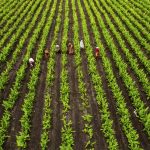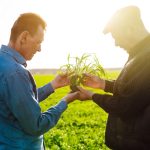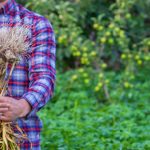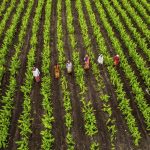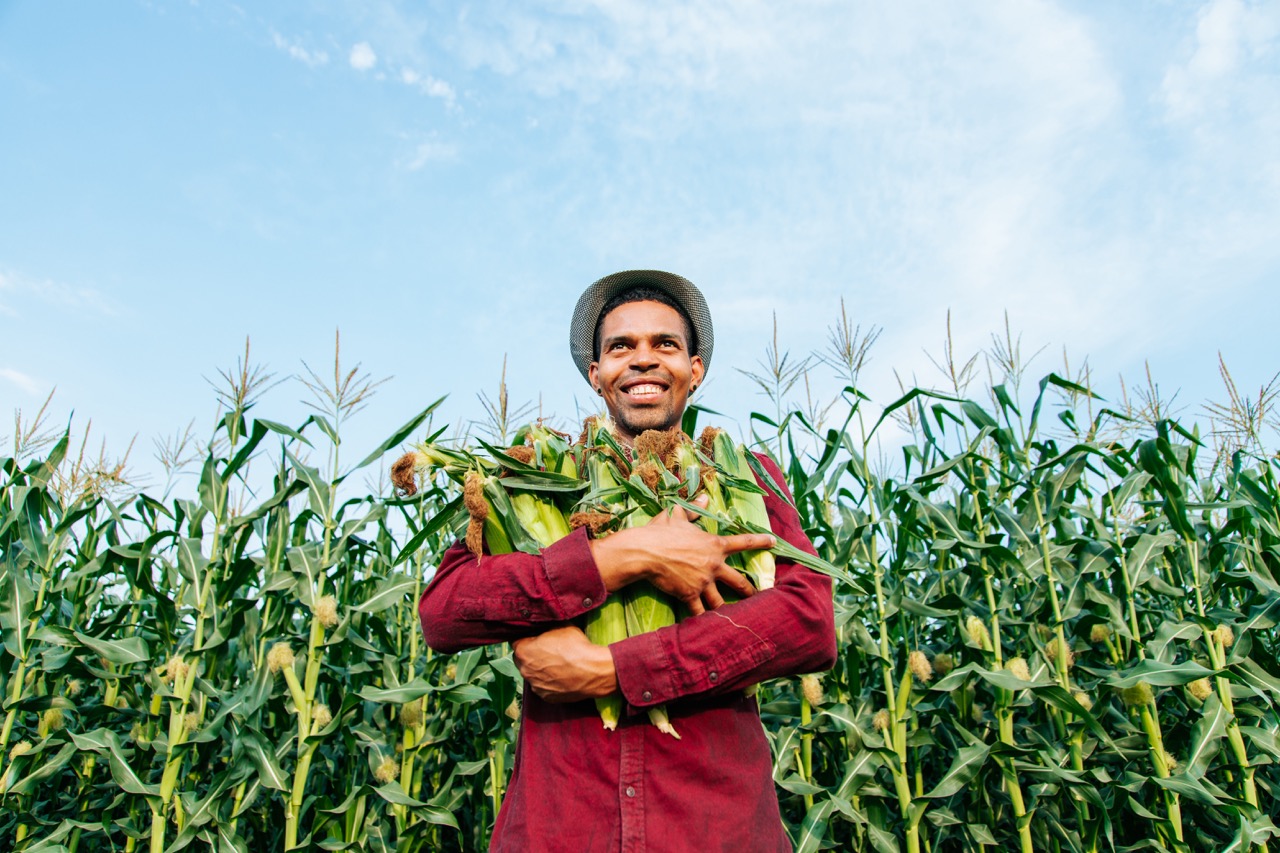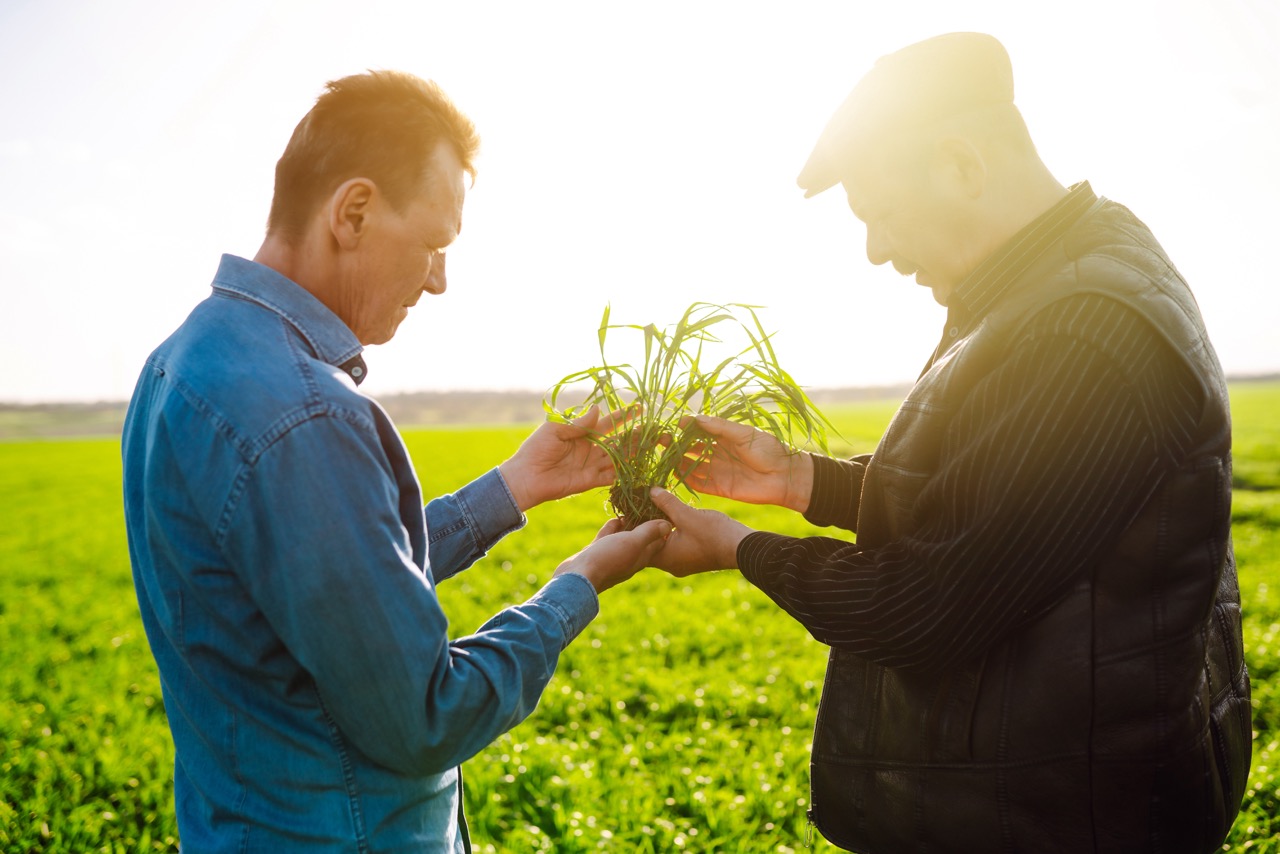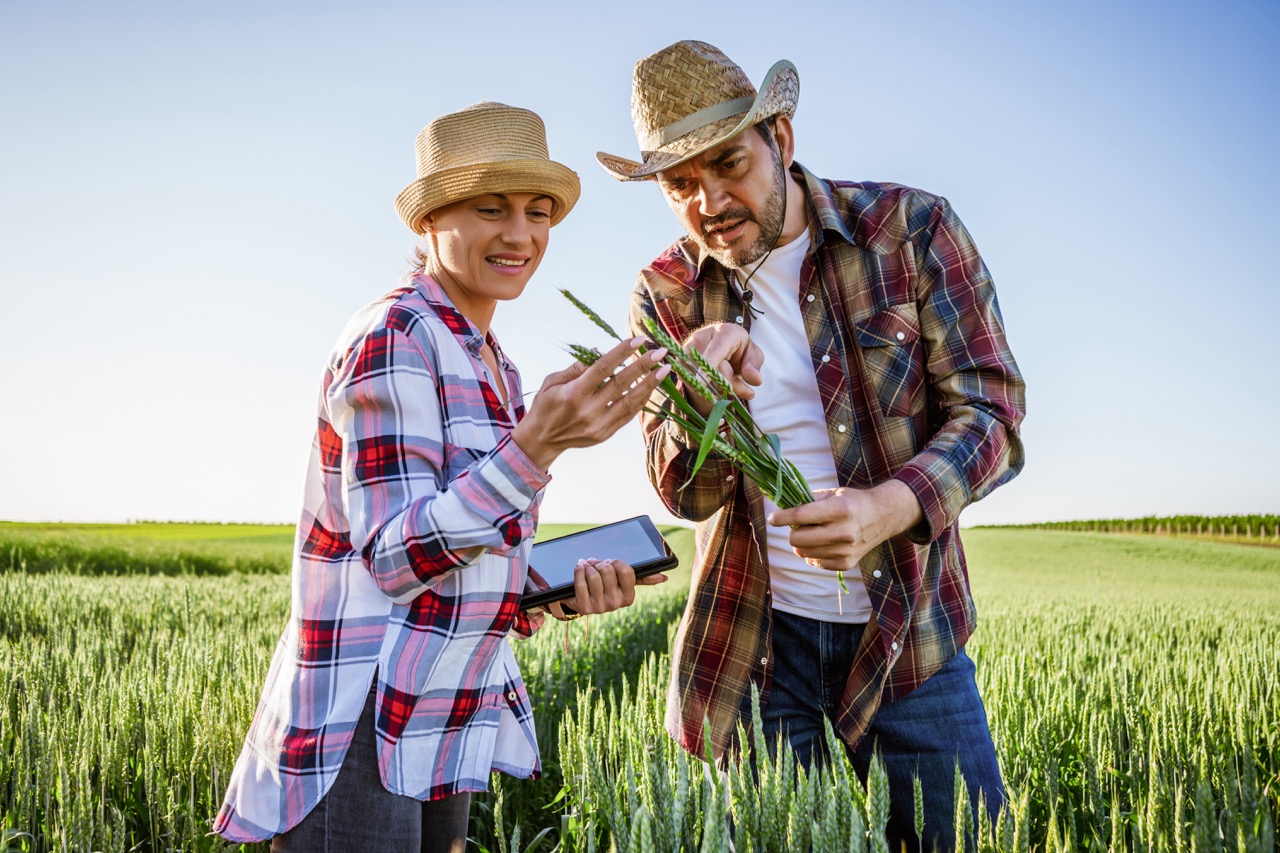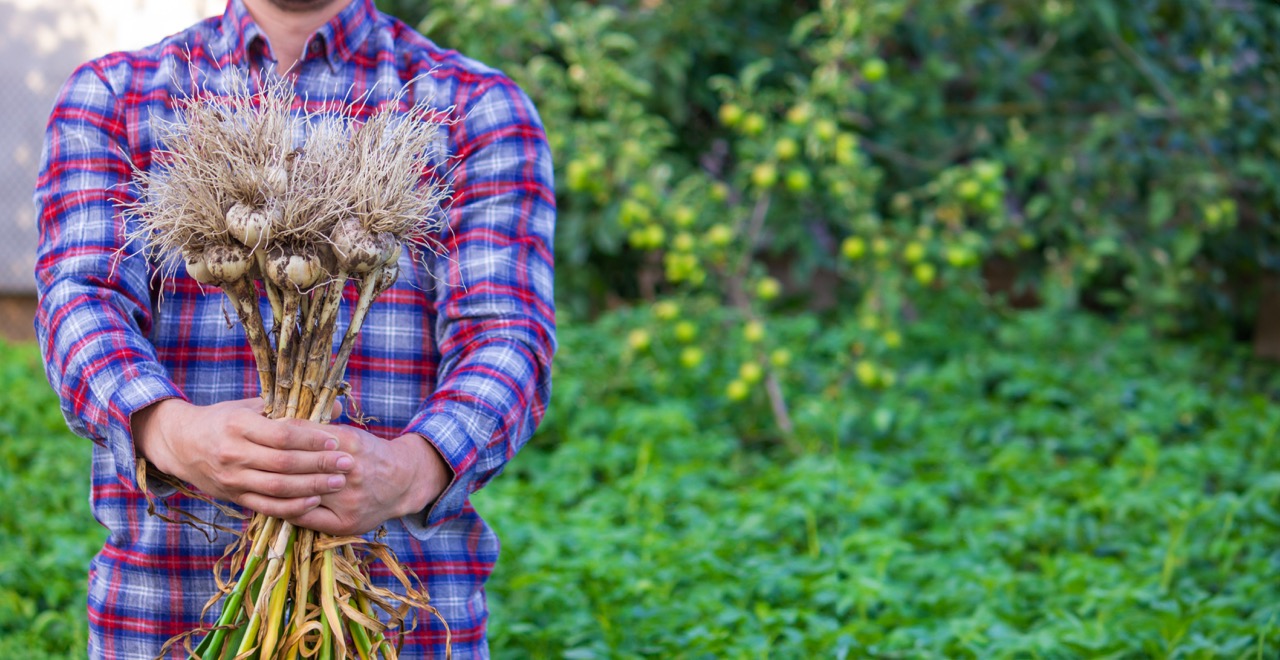As the global population continues to expand, the demand for sustainable solutions in agriculture grows more pressing. One area garnering significant attention is food packaging, a vital component of the agricultural supply chain. With the advent of innovative technologies and a greater awareness of environmental impacts, the future of sustainable food packaging is poised for transformation. This article delves into key innovations, the role of biodegradable materials, the economic implications of eco-friendly packaging, and consumer trends that are driving this essential evolution.
Innovations Shaping Sustainable Food Packaging Solutions
In recent years, the food packaging industry has witnessed a surge of innovative solutions aimed at reducing environmental impact. Technologies such as edible packaging, made from plant-based materials, have gained traction as a way to eliminate waste. These packages can be consumed along with the food, offering an environmentally friendly alternative to traditional plastic. Additionally, developments in active packaging technologies, which incorporate natural antimicrobials and oxygen scavengers, help extend shelf life while minimizing spoilage, thereby reducing waste.
Another significant innovation is the use of smart packaging, which incorporates sensors to monitor food quality and freshness. These intelligent packaging solutions can communicate with consumers, providing real-time data on the condition of the product and enhancing food safety. Such advancements not only improve the consumer experience but also create an opportunity for reducing food waste—a critical issue in sustainability. This intersection of technology and sustainability sets the stage for a new era in agricultural packaging.
Furthermore, the integration of recycled materials into packaging design is increasingly becoming standard practice. Companies are innovating by using post-consumer recycled plastics or bio-based composites, which can reduce reliance on virgin materials. This shift aligns with global efforts to transition to a circular economy, where the lifecycle of products is extended through recycling and reuse. As these innovations continue to evolve, the potential for sustainable food packaging solutions in agriculture appears boundless.
The Role of Biodegradable Materials in Agriculture
Biodegradable materials are at the forefront of the movement toward sustainable packaging in agriculture. Unlike conventional plastics, which can take hundreds of years to decompose, biodegradable options are designed to break down more quickly and safely in the environment. This characteristic is particularly advantageous for agricultural applications, where waste generated from packaging can contribute significantly to pollution. By replacing traditional materials with biodegradable alternatives, the agricultural sector can reduce its environmental footprint and promote healthier ecosystems.
Moreover, biodegradable packaging can enhance soil health when composted properly. Certain biodegradable materials can decompose and enrich soil with organic matter, benefiting crops and contributing to sustainable farming practices. This dual advantage not only addresses waste management issues but also supports the agricultural cycle by improving soil quality. As the demand for organic farming continues to rise, the use of biodegradable materials will likely become an integral component of sustainable agricultural practices.
Despite their benefits, the adoption of biodegradable materials is not without challenges. There is still a need for education and awareness regarding proper disposal methods to ensure these materials achieve their intended environmental benefits. Additionally, the cost of production remains a concern, as biodegradable materials can sometimes be more expensive than traditional plastics. However, as technology advances and economies of scale develop, these barriers may decrease, paving the way for broader acceptance and use of biodegradable packaging in agriculture.
Economic Impacts of Shifting to Eco-Friendly Packaging
The transition to sustainable food packaging in agriculture presents a complex landscape of economic implications. Initially, the investment required for research, development, and adoption of eco-friendly materials can be significant. Small-scale farmers and producers, who often operate on thin margins, may find it challenging to absorb these costs. However, the long-term financial benefits may outweigh the initial expenditures, as consumers increasingly demand sustainable practices and are willing to pay a premium for eco-friendly products.
Moreover, a shift to sustainable packaging can yield cost-saving benefits through waste reduction and efficient resource management. By minimizing spoilage and extending product shelf life, agricultural businesses can enhance profitability and reduce losses. The use of smarter packaging solutions can also lead to more efficient logistics, ultimately driving down transportation costs. These economic advantages serve to incentivize farmers and producers to invest in sustainable packaging alternatives.
Additionally, the growing regulatory landscape regarding environmental practices is pushing the agricultural sector toward sustainable solutions. Governments and regulatory bodies are increasingly implementing policies that favor eco-friendly packaging, which can open up new markets for businesses that prioritize sustainability. The alignment of economic incentives with environmental responsibility is crucial for facilitating a smoother transition to sustainable food packaging in agriculture, fostering an ecosystem where both profit and planet can thrive.
Consumer Trends Driving Sustainable Packaging Practices
Consumer awareness and activism surrounding environmental issues are pivotal in propelling the shift toward sustainable packaging in agriculture. Today’s consumers, particularly younger generations, are more informed about the ecological impact of their purchasing decisions. They actively seek products that align with their values, including sustainable and ethically produced food packaging. This growing demand is prompting manufacturers to adopt greener practices, reshaping industry standards in response.
Social media and digital platforms play a significant role in amplifying consumer voices, enabling them to hold companies accountable for their environmental impact. Brands are increasingly facing scrutiny over their packaging choices, with consumers leveraging online platforms to discuss and promote sustainability. As a result, companies are investing in transparent marketing strategies that highlight their commitment to eco-friendly packaging solutions, recognizing that sustainability can be a powerful differentiator in a crowded marketplace.
In addition to consumer preferences, there is a rising trend of businesses collaborating with environmental organizations to enhance their sustainability efforts. These partnerships not only foster innovation but also help companies gain credibility in the eyes of increasingly discerning customers. The convergence of consumer demand, social influence, and collaborative initiatives is creating a robust ecosystem that drives the adoption of sustainable food packaging practices across the agricultural sector.
The future of sustainable food packaging in agriculture is bright, fueled by innovation, consumer demand, and a growing recognition of the need for environmental stewardship. As new technologies emerge and biodegradable materials gain traction, the agricultural sector is poised for a transformative shift that prioritizes sustainability without compromising quality or economic viability. By embracing eco-friendly practices, the agriculture industry can play a pivotal role in addressing global challenges, fostering a more sustainable future for generations to come.
